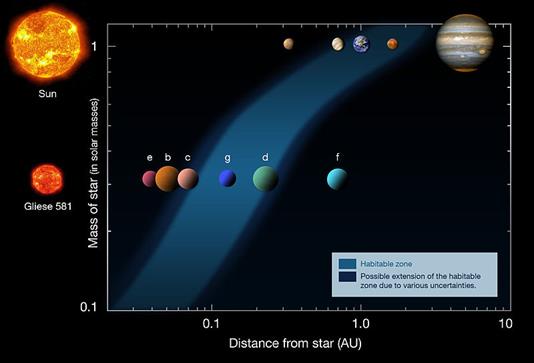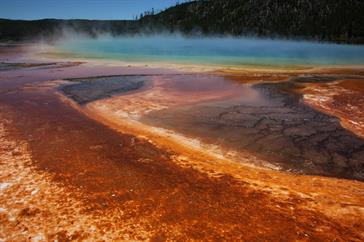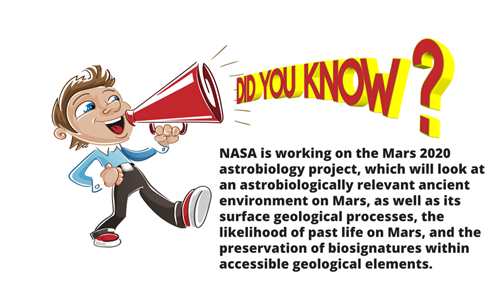
PUMPA - SMART LEARNING
எங்கள் ஆசிரியர்களுடன் 1-ஆன்-1 ஆலோசனை நேரத்தைப் பெறுங்கள். டாப்பர் ஆவதற்கு நாங்கள் பயிற்சி அளிப்போம்
Book Free DemoWe know that we are not alone in the universe. But how can we detect the existence of life in space?
Astrobiology, formerly known as exobiology, is an interdisciplinary field in science that identifies extraterrestrial life in the universe.
Astrobiology, formerly known as exobiology, is an interdisciplinary field in science that identifies extraterrestrial life in the universe.
It is a study that deals with the origin, evolution, and distribution of life in the universe and the possibility of life on other planets.
The most important idea in astrobiology is the concept of a habitable zone. According to this theory, planets can support the existence of life, if it satisfies two important criteria.
- The planet must have the right mass to retain an atmosphere.
- It must have an orbit that keeps it close enough to its star (Sun) to allow liquid water to exist. As a result, the distance must be neither too hot nor too cold and is commonly referred to as the Goldilocks Zone for life.

Goldilocks Zone for life
Earth is the only planet in the goldilocks zone in our solar system. Because this zone changes over time as the star matures, scientists know Mars was once habitable. The organisms that we find in extreme environments on Earth are likely to be found on Mars.
The organisms which live in the extreme environmental conditions on Earth are known as extremophiles.

Extremophiles
As a result, we might conclude that numerous places in our solar system are different from Earth where life comparable to extremophile bacteria is likely to exist.

Reference:
https://commons.wikimedia.org/wiki/File:Gliese_581_-_2010.jpg
https://www.flickr.com/photos/jurvetson/4750506867